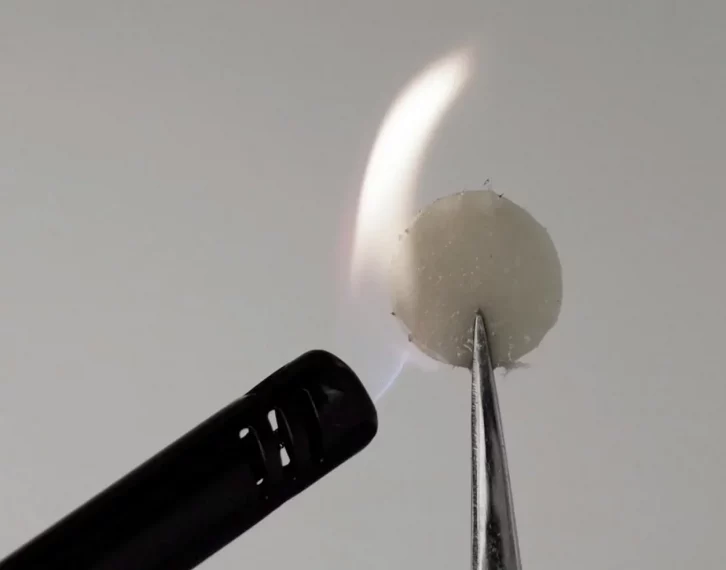
One of the major problems in the development of new batteries for our countless electronic needs is the issue of safety, and more specifically, flammability. This same issue effects all rechargeable lithium-ion batteries, from those consumer electronics to major infrastructure needs. This is because the electrolyte that carries the battery charge is flammable, and when exposed to temperatures above 140 F, a chemical chain reaction is sure to cause things to go up in smoke.
Scientists at Stanford University have proven a promising solution to this issue: salt. By using an electrolyte that has high amounts of lithium salt, combined with the typical flammable liquid solvent, researchers have created a mixture they have coined SAFE (Solvent-Anchored non-Flammable Electrolyte). Batteries using SAFE have proven to push far beyond the 140 F temperature limit, operating safely all the way to 212 F.
Rachel Z. Huang, graduate student at Stanford and first author of a report on the research published in Matter, said “This electrolyte is important for developing future batteries that are both high energy density and safe.” Additionally, without the need for conventional cooling systems, these new batteries would take up less room. “So it’s not just a safety benefit,” said Huang. “This electrolyte could also allow you to pack in a lot more batteries.” One major beneficiary of this breakthrough would be the electric vehicle industry, as rechargeable lithium-ion batteries that are safer and more efficient could revolutionize how electric vehicles are designed.
Source: SLAC
See also: MIT battery breakthrough could pave the way to smaller, safer batteries










